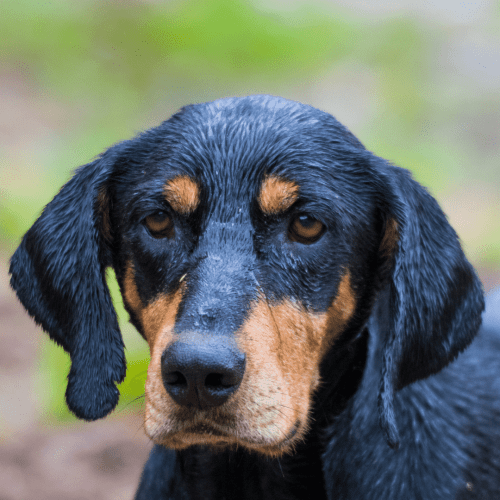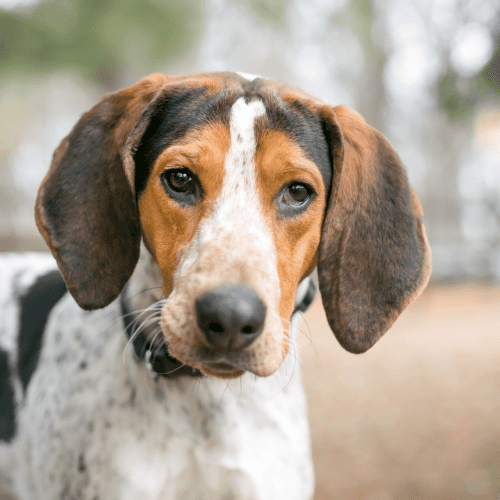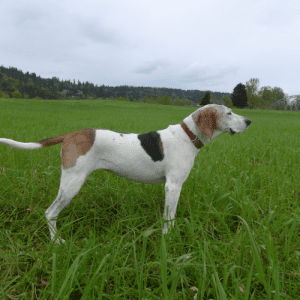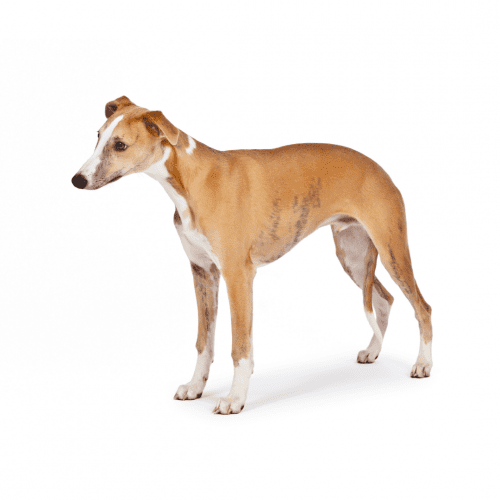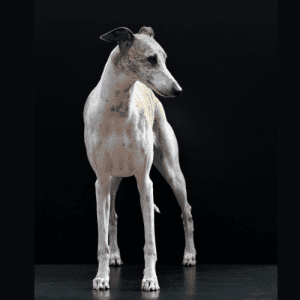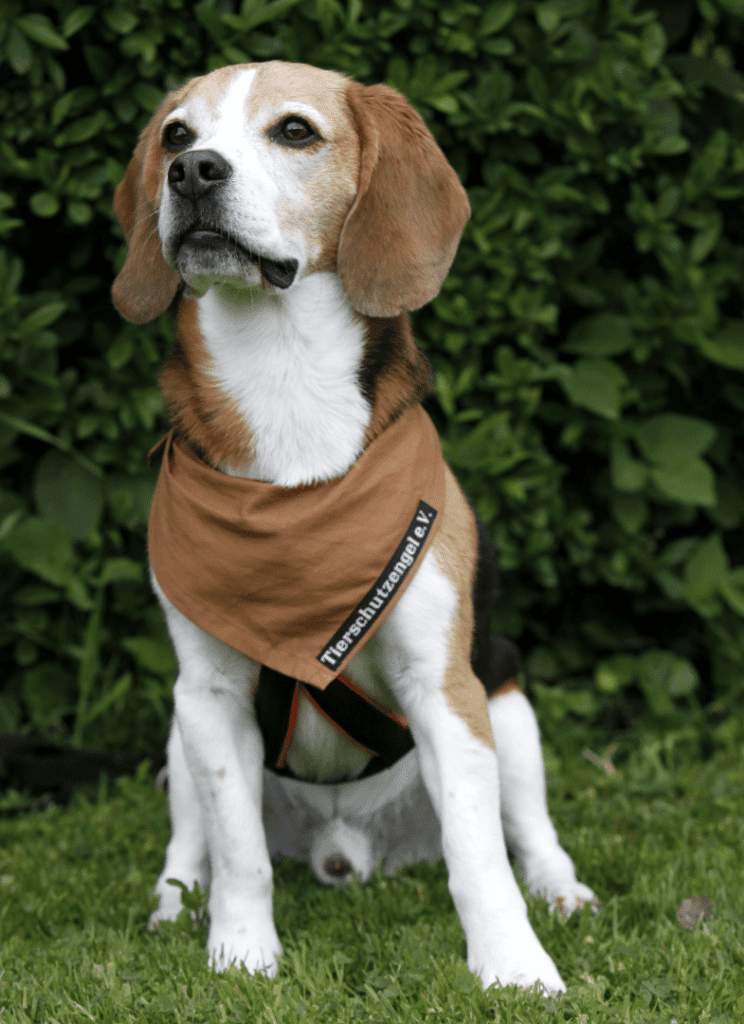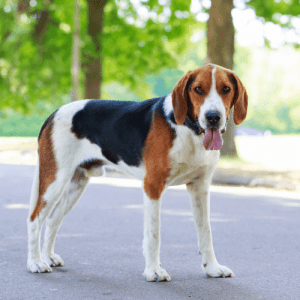Hunting with hound dogs are a centuries-old tradition, and the use of hounds can be traced back to ancient Greece and Rome. Today, there are many different types of hunting hounds used for hunting various types of game. Some hunting dog breeds are better suited for certain kinds of hunts than others. If you’re interested in learning more about hunting with hounds, keep reading.
The hunting hound dog breed is a group of dogs known for their exceptional scenting abilities and instinctual drive to track and pursue game animals. These dogs possess specific characteristics that make them well-suited for hunting purposes.
Firstly, hunting hound breeds have an acute sense of smell, allowing them to detect and follow the scent of their prey over long distances. This keen sense of smell is combined with their endurance and agility, making them capable of covering large areas of terrain during a hunt.
Training plays a crucial role in developing the hunting skills of these breeds. From an early age, they are exposed to scent-tracking exercises and taught basic obedience commands. Advanced training includes teaching them to differentiate between various scents and respond to specific cues from the handler. Hunting techniques employed by these dogs vary depending on the breed and the type of game being pursued. Some hound breeds, like the Bloodhound and Basset Hound, excel at trailing scents on the ground, while others, like the Coonhound and Beagle, are adept at tracking scents in the air.
There are several famous hunting hound breeds that have gained recognition for their hunting prowess. The Foxhound, known for its speed and endurance, is commonly used in fox hunting. The Dachshund, with its long body and short legs, is renowned for its ability to track and flush out burrow-dwelling game. The Labrador Retriever, although primarily known as a gun dog, possesses exceptional hunting skills and is often used for retrieving game during waterfowl hunting.
Today, hunting hound dog breeds continue to be valued for their hunting abilities. While some individuals may still rely on them for traditional hunting purposes, others keep them as beloved pets or participate in various dog sports and activities that simulate hunting scenarios. The hunting hound dog breeds remain a cherished part of the canine world, admired for their natural hunting instincts and unwavering dedication to the pursuit of game.
Distinguished by their exceptional scenting abilities and instinctual drive to track and pursue game animals, hunting hound dog breeds possess unique characteristics that set them apart from other dog breeds. These breeds are bred specifically for their hunting prowess, and their physical and mental traits make them well-suited for this purpose.
One of the critical characteristics of hunting hound dog breeds is their keen sense of smell. These dogs have an incredible ability to detect and follow scents, which is essential for tracking game animals over long distances. They also have a strong instinctual drive to pursue and capture their prey, making them highly motivated hunters.
Training methods for hunting hound dog breeds focus on harnessing their natural instincts and honing their tracking and chasing skills. This typically involves teaching them basic obedience commands, scent detection, and commands specific to hunting, such as ‘find’ or ‘point.’
Some popular hunting hound dog breeds include the Beagle, Bloodhound, Coonhound, and Foxhound. Each breed has its own unique set of characteristics and hunting techniques that make them suitable for different types of game.
Hunting hound dog breed clubs play a crucial role in promoting and preserving these breeds. These clubs organize events such as field trials and hunting tests to showcase the abilities of these dogs and provide opportunities for owners to network and learn from one another.
Several dog breeds are considered part of the hunting hound dog breed group due to their exceptional scenting abilities and instinctual drive to track and pursue game animals. These breeds can be categorized into different types based on their specific hunting skills and characteristics.
One popular type of hunting hound dog breed is the scent hound. These dogs have an incredible sense of smell and are primarily used for tracking game animals by following their scent trails. Examples of scent hounds include the Bloodhound, Basset Hound, and Beagle. These breeds are known for their calm and friendly temperament, making them suitable for families as well.
On the other hand, there are sight hound dog breeds that rely on their keen eyesight and speed to pursue and capture prey. This type includes breeds such as the Greyhound, Whippet, and Saluki. Sight hounds are typically independent and may require more training and socialization to be well-behaved companions.
When it comes to training and exercise needs, hunting hound dog breeds require consistent and structured training to channel their natural instincts appropriately. Regular exercise is essential to keep them mentally and physically stimulated.
In terms of health and grooming requirements, hunting hound dog breeds are generally healthy, but some may be prone to certain genetic conditions. Regular grooming, including brushing their coats and checking their ears, is necessary to maintain their overall well-being.
Hunting hound dog breeds, known for their exceptional scenting abilities and instinctual drive to track and pursue game animals, have origins that can be traced back to various regions around the world. The origin of these breeds dates back thousands of years, with each breed having its own unique history and evolution.
The history of hunting hound dog breeds is deeply intertwined with human civilization and the need for hunting and gathering. These dogs played a crucial role in assisting humans in tracking and capturing game animals for food and survival. Over time, specific traits were selectively bred to enhance their hunting abilities, resulting in the development of distinct hound breeds with specialized skills and characteristics.
Different regions have their own cultural significance when it comes to hunting hound dog breeds. For example, the English Foxhound originated in England and played a significant role in foxhunting, while the Bloodhound, with its exceptional tracking abilities, has its origins in Belgium and France. The Coonhound, a popular breed in the United States, was developed specifically for hunting raccoons.
Hunting hound dog breeds share common characteristics such as a keen sense of smell, excellent stamina, and a strong prey drive. Their physical attributes, such as long ears and a droopy face, also serve functional purposes in aiding their hunting abilities.
Hunting hound dog breeds serve multiple essential roles in various hunting activities conducted by humans. These breeds are highly valued for their exceptional scenting abilities, stamina, and agility, making them ideal companions for hunters. To fully utilize their hunting potential, these dogs undergo specialized training methods designed to enhance their natural instincts and skills.
Training methods for hunting hound dog breeds focus on developing their tracking and scenting abilities. From an early age, these dogs are exposed to scent trails and taught to follow them with precision. They learn to differentiate between different scents and identify the target animal they are hunting. Training also includes obedience and discipline, ensuring that these dogs can follow commands and work effectively with their human counterparts.
Hunting techniques employed with hound dog breeds vary depending on the game being pursued. Some popular hunting techniques include trailing, where the dogs follow a scent trail left by the target animal, and treeing, where the dogs track and corner game up a tree. These techniques require a combination of the dog’s natural instincts and their training to be successful.
There are several popular hound dog breeds that excel in hunting activities. These include the Coonhound, Bloodhound, Beagle, and Foxhound, each with distinct characteristics that make them suitable for specific hunting tasks. Coonhounds, for example, are renowned for their ability to track raccoons, while Bloodhounds are known for their exceptional scenting skills, making them valuable in tracking down lost or injured game.
Hunting hound dog breed organizations play a significant role in promoting and preserving these breeds. These organizations provide resources and support for dog owners, including training events, competitions, and educational materials. They also advocate for responsible breeding practices and encourage the ethical treatment of hunting dogs.
People who are passionate about hunting and value the unique abilities of hunting hound dog breeds are the ones who connect deeply with these incredible canine companions. Hunting enthusiasts find great joy and fulfillment in partnering with hound dog breeds during hunting expeditions. These individuals appreciate the dogs’ exceptional scenting and tracking abilities, which are essential for locating game in various terrains.
Outdoor adventurers also form a strong connection with hunting hound dog breeds. These individuals enjoy exploring the wilderness and engaging in activities such as hiking, camping, and hunting. Hound dogs, with their endurance and agility, make excellent companions for these outdoor enthusiasts.
Dog trainers are another group that connects with hunting hound dog breeds. These skilled individuals appreciate the intelligence and trainability of hound dogs. They enjoy working with these breeds to enhance their hunting skills and develop a strong bond with them.
Wildlife conservationists recognize the value of hunting hound dog breeds in managing and conserving wildlife populations. These individuals work towards maintaining a balance between human activities and the preservation of natural habitats. Hound dogs assist in tracking and locating specific species, aiding in research and conservation efforts.
Lastly, sportsmen and sportswomen bond with hunting hound dog breeds as they engage in various hunting sports. These individuals participate in activities like field trials, retriever trials, and hunting competitions. Hound dogs’ exceptional skills contribute to their success in these competitive events.
Hound dog breeds possess a variety of physical and behavioral traits that make them well-suited for hunting activities. These dogs have a strong sense of smell, excellent stamina, and a keen sense of sight. They are bred for their ability to track scents and chase prey, making them ideal companions for hunting enthusiasts.
When it comes to training techniques for hunting hound dogs, consistency and positive reinforcement are key. These breeds are known for their intelligence and eagerness to please, which makes them highly trainable. However, it is essential to start training them at a young age to ensure they develop the necessary skills and instincts required for hunting.
In terms of hunting hound dog health, it is crucial to provide regular exercise and maintain a balanced diet to keep them fit and healthy. Regular vet check-ups are also essential to prevent any potential health issues. Additionally, hunting hound dogs are prone to certain conditions, such as hip dysplasia and bloat, so proper care and monitoring are necessary to ensure their well-being.
Throughout history, there have been several famous hunting hound dogs that have left their mark. For example, the Bloodhound named ‘Nick Carter’ was known for his exceptional tracking skills, while the Coonhound named ‘Reckless’ gained fame for his bravery and determination.
Hunting hound dog breed standards vary depending on the specific breed. Organizations such as the American Kennel Club (AKC) set standards for each breed, outlining their physical appearance, temperament, and hunting abilities. These standards serve as a guide for breeders and owners to ensure the preservation of the breed’s qualities and characteristics.
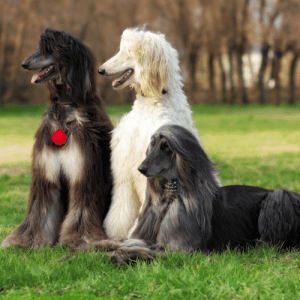


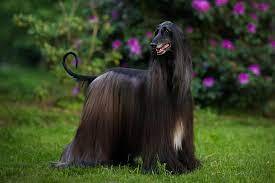
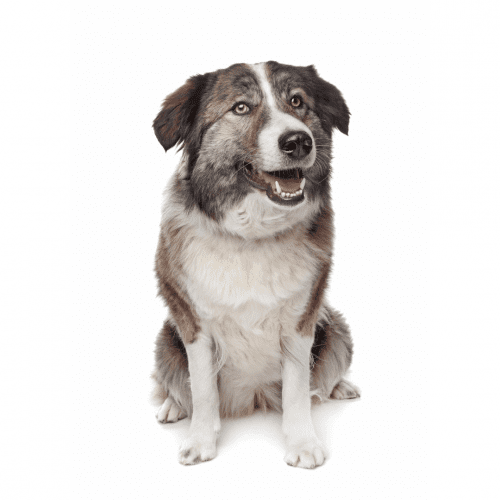

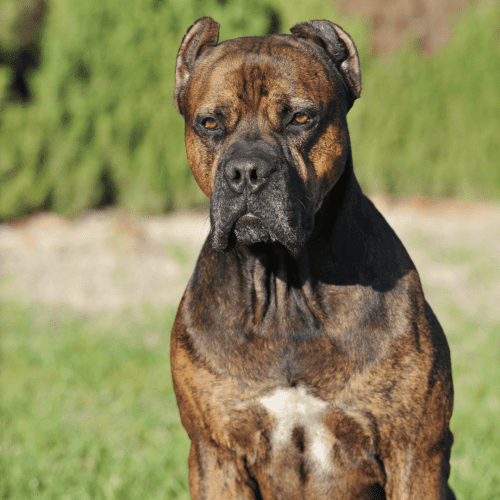
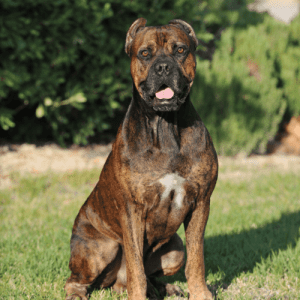
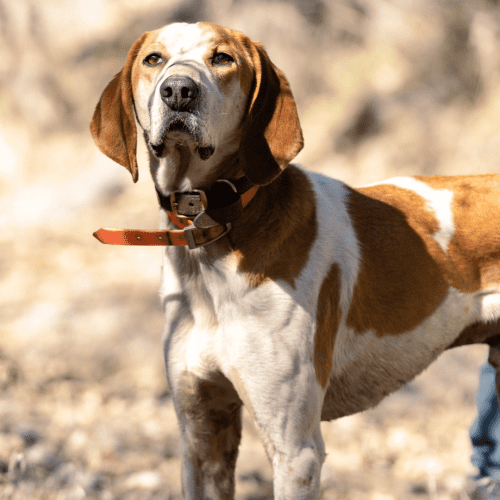
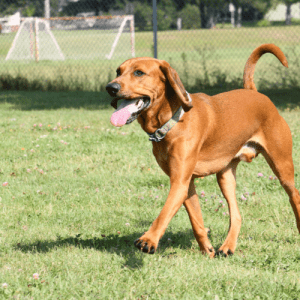
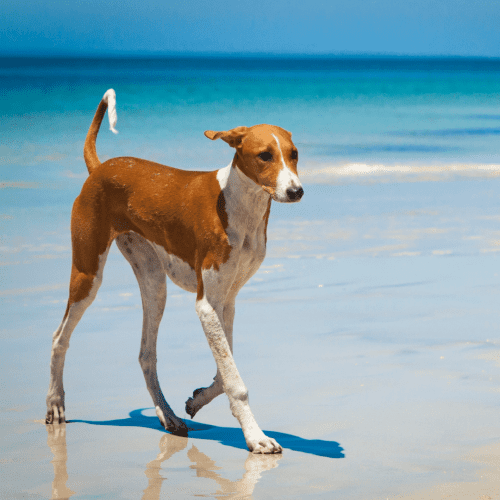

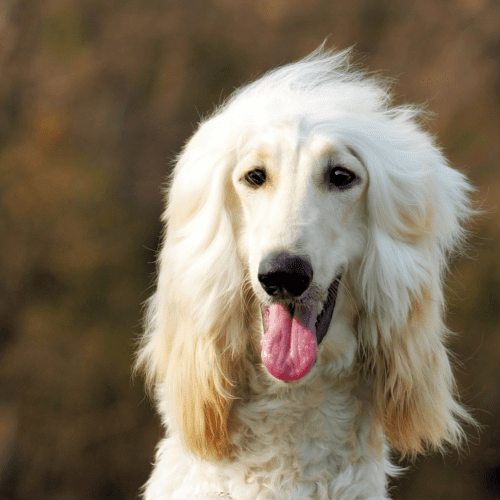

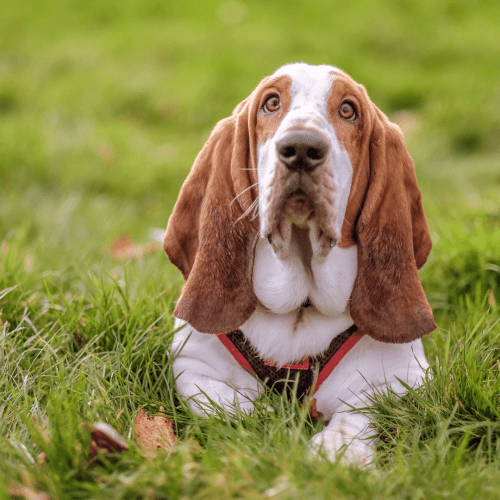

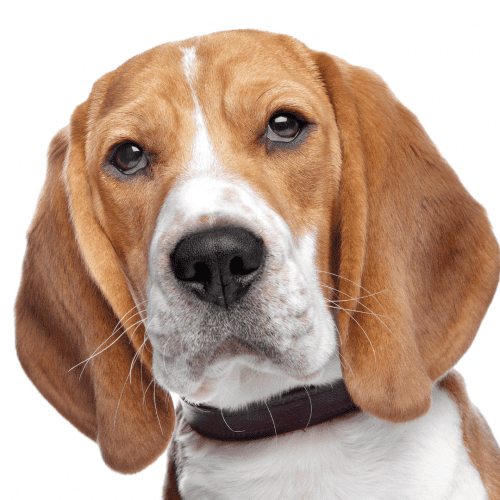

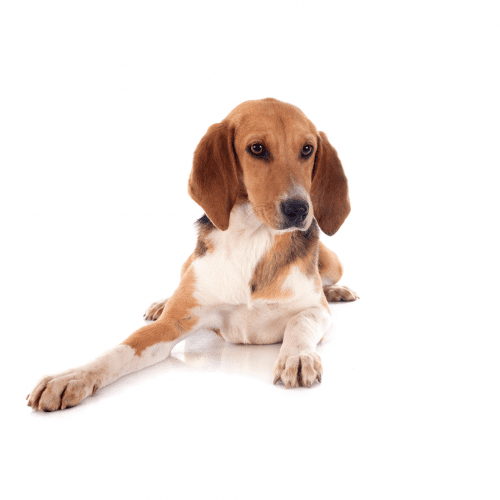
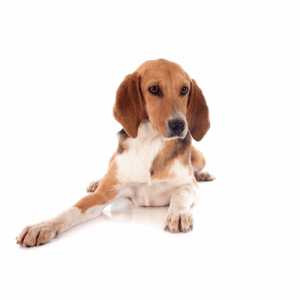
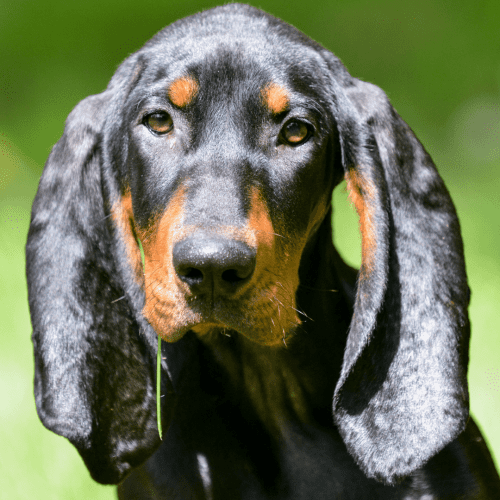
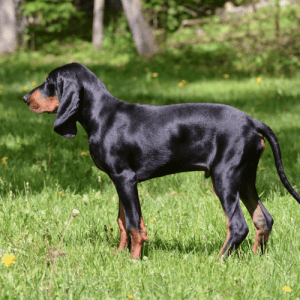
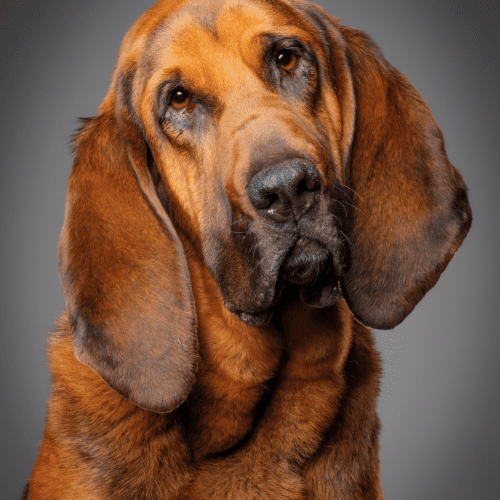


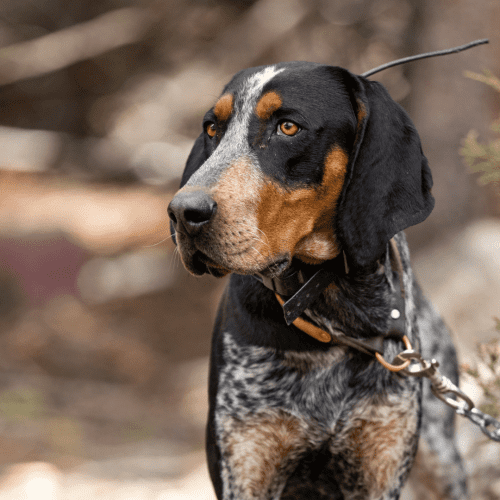

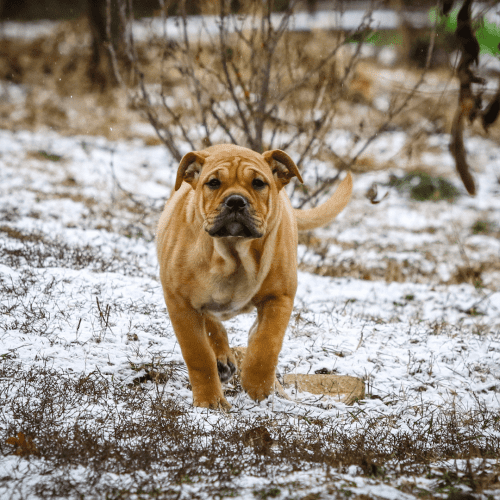
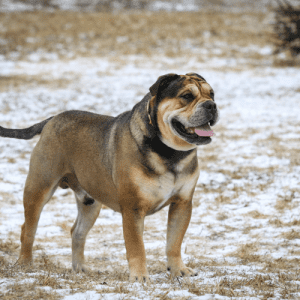
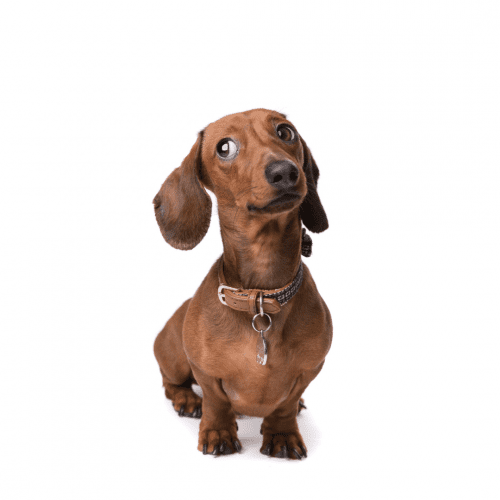

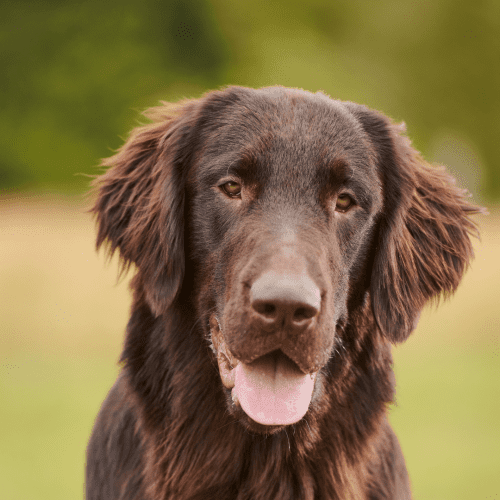
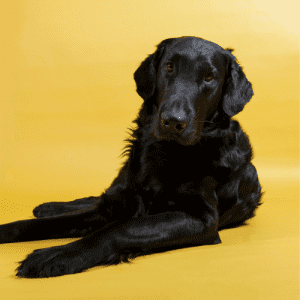
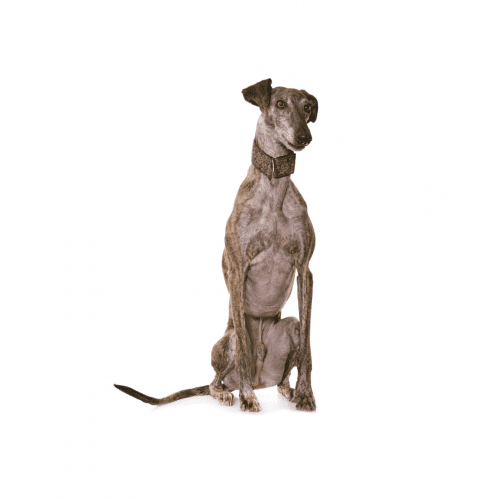

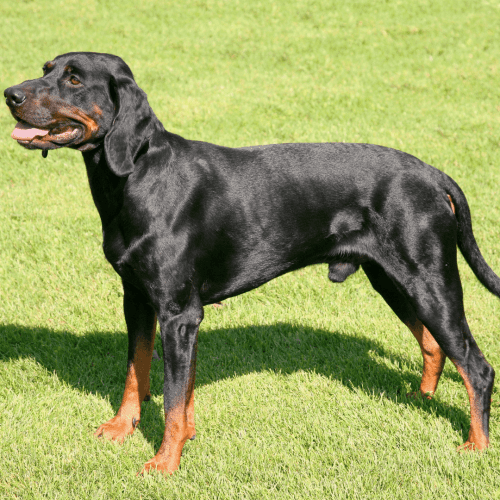
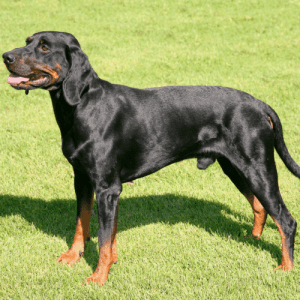
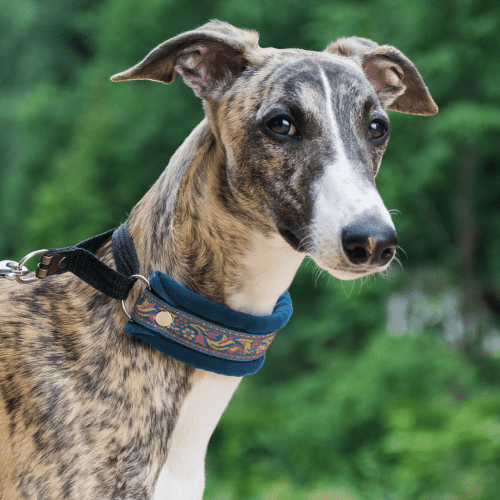

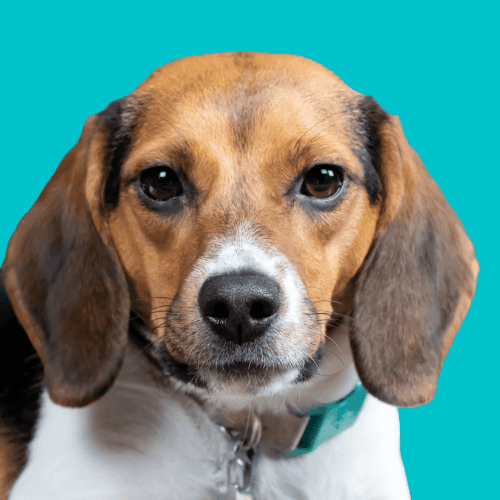

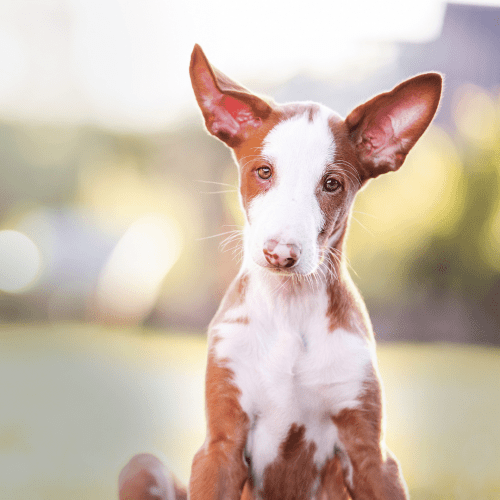

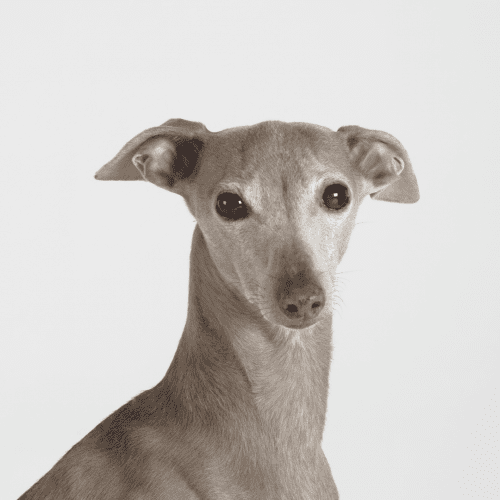

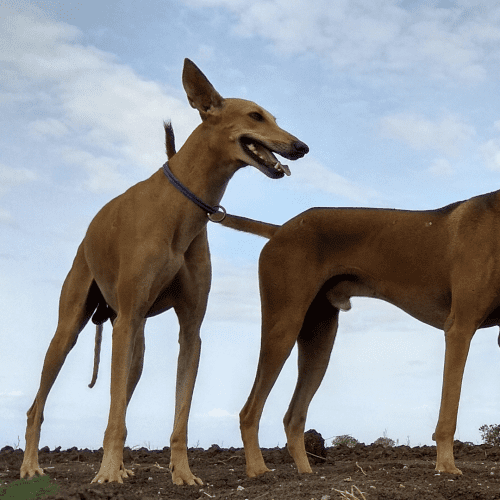

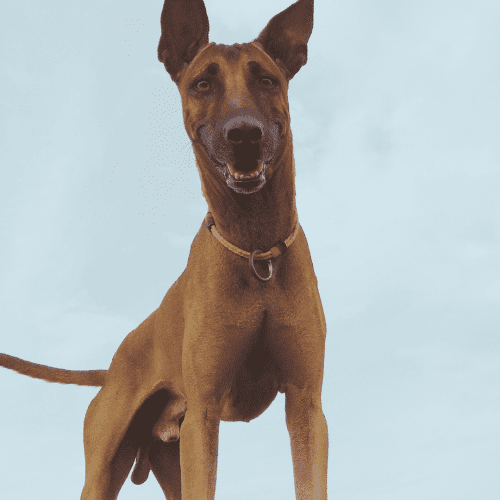

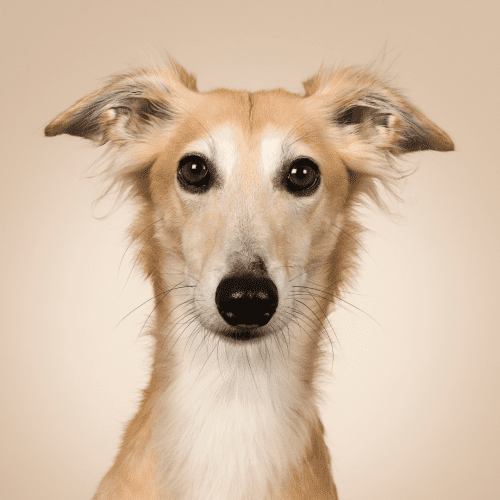
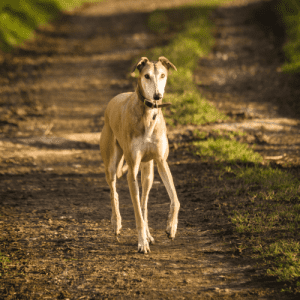
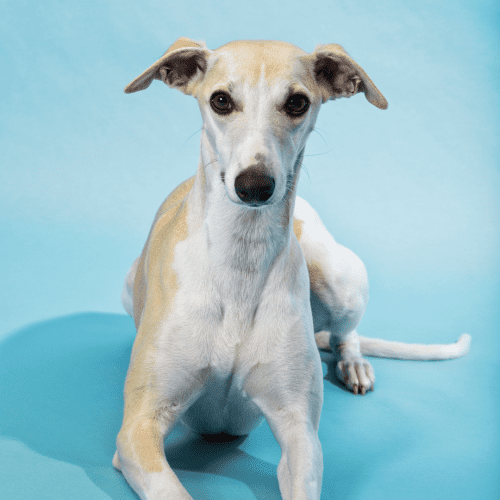
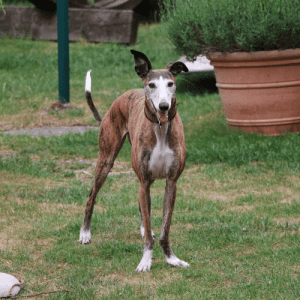
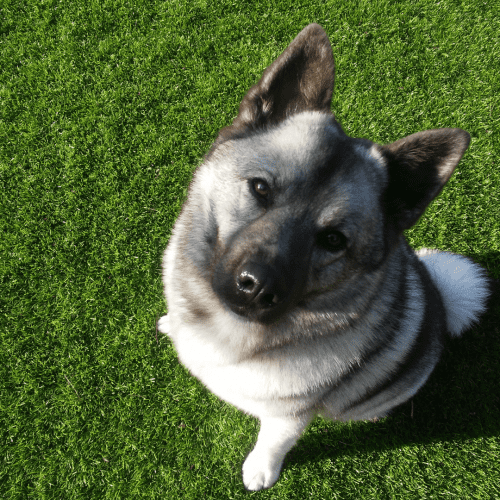

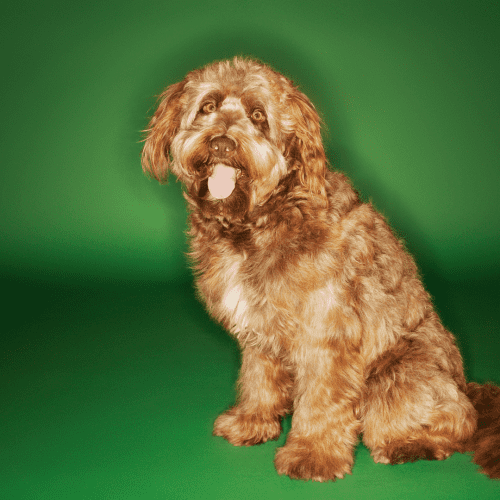

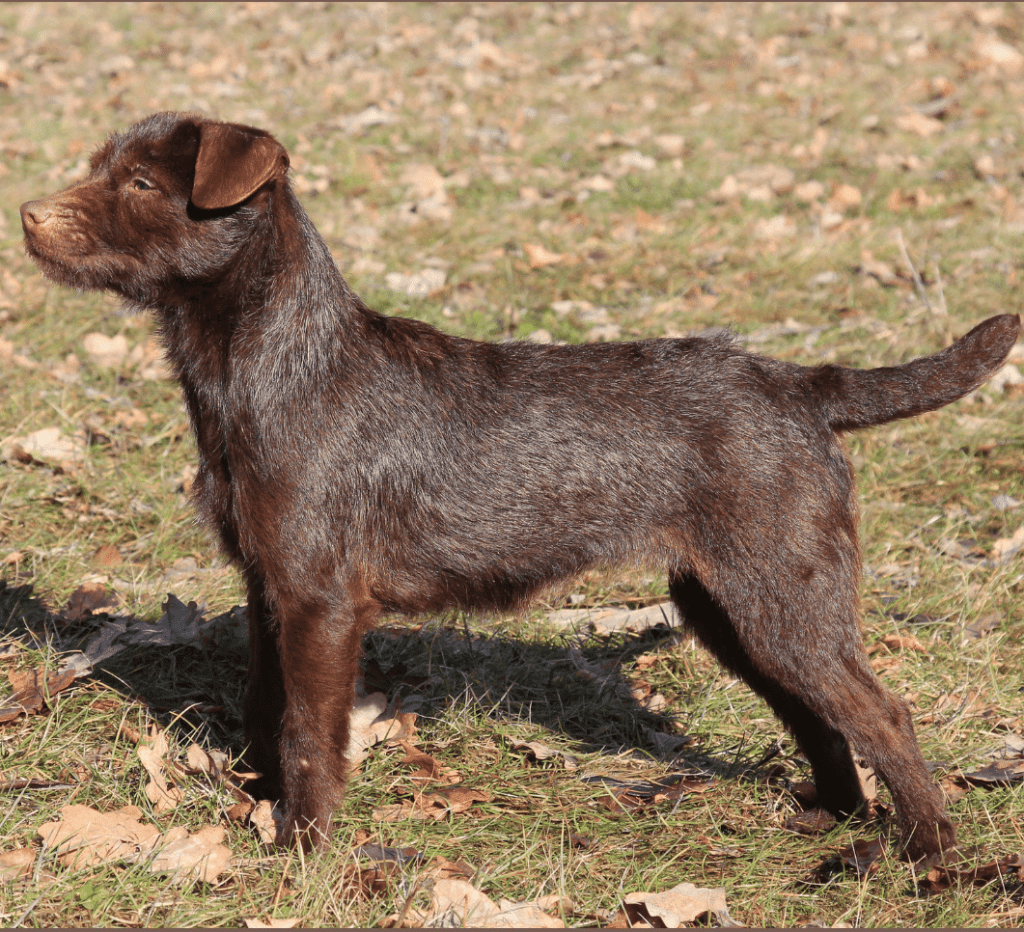
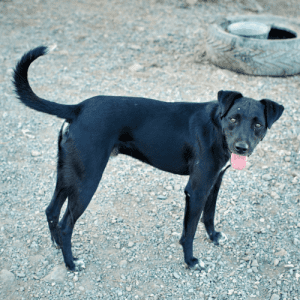
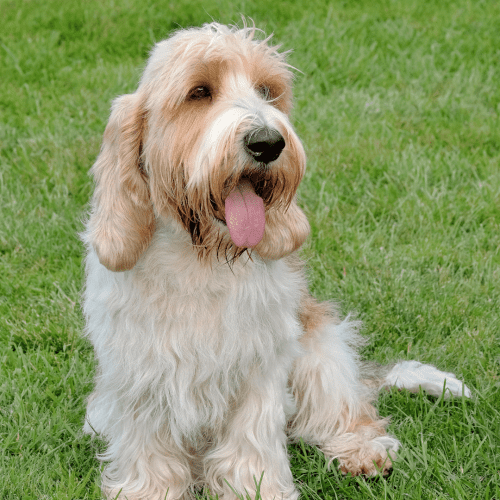

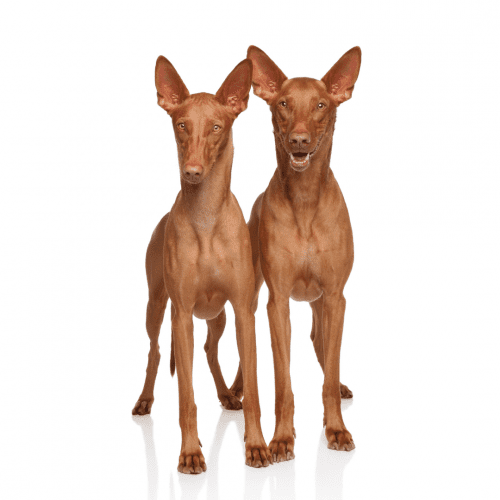

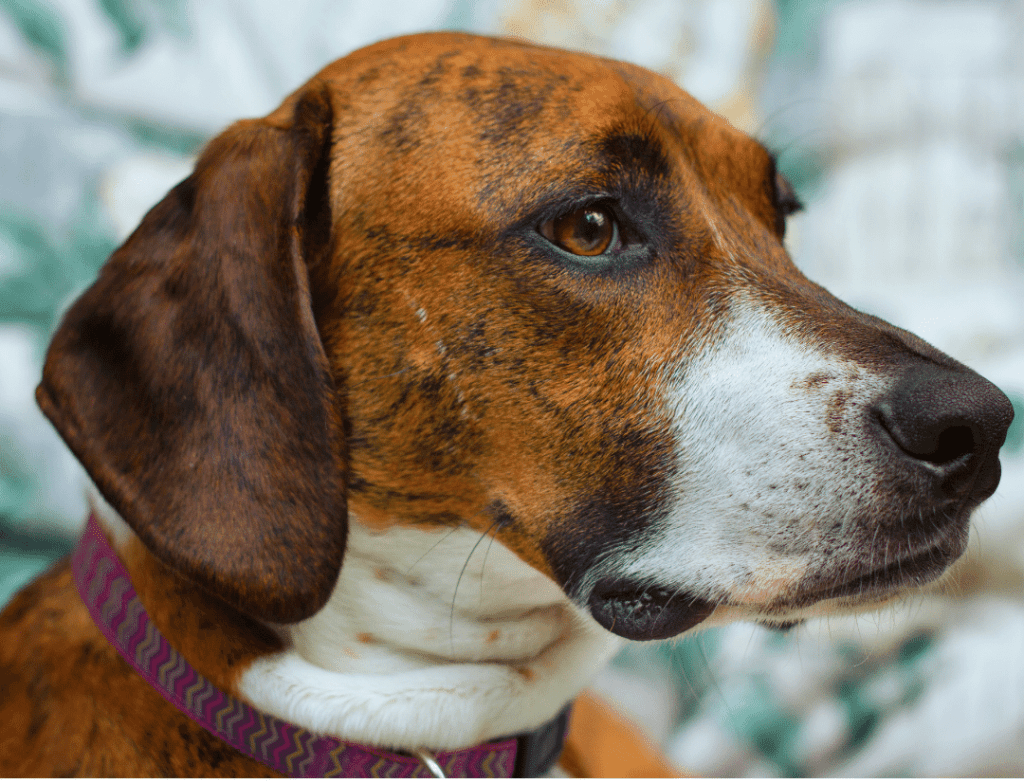

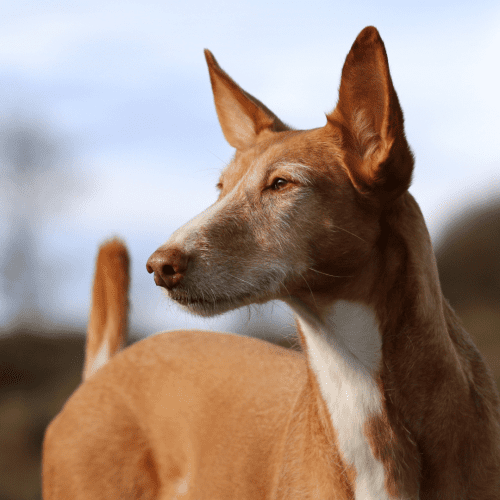
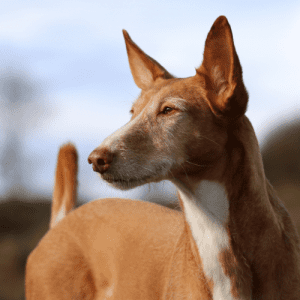
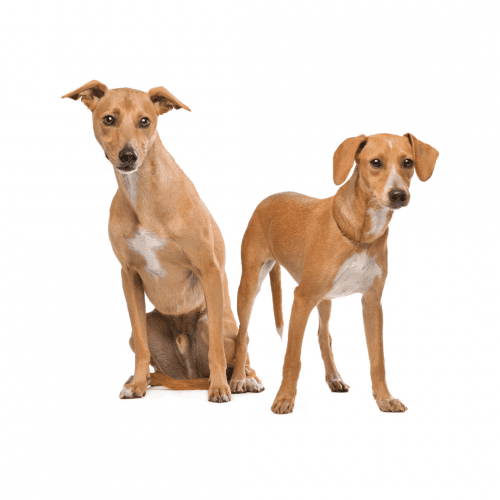

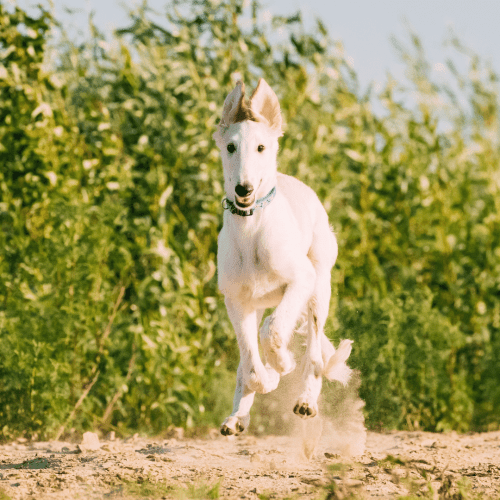

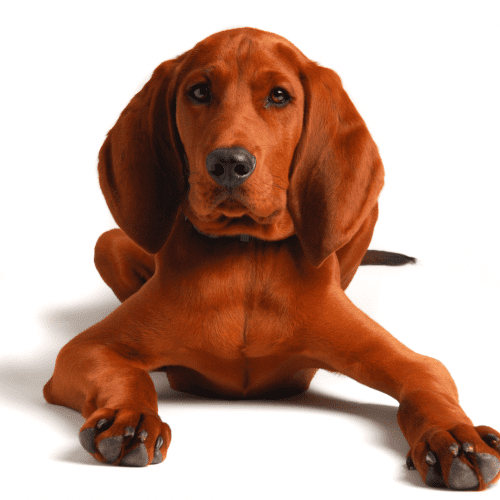

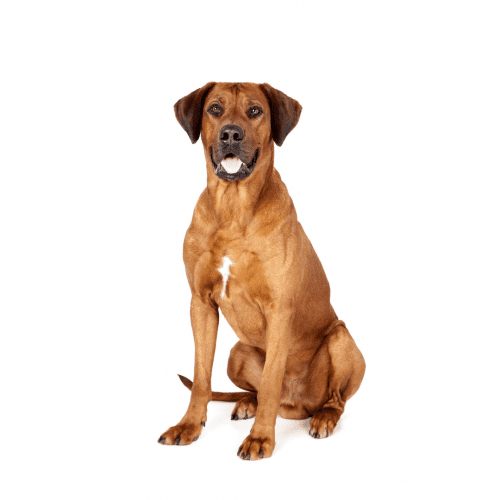

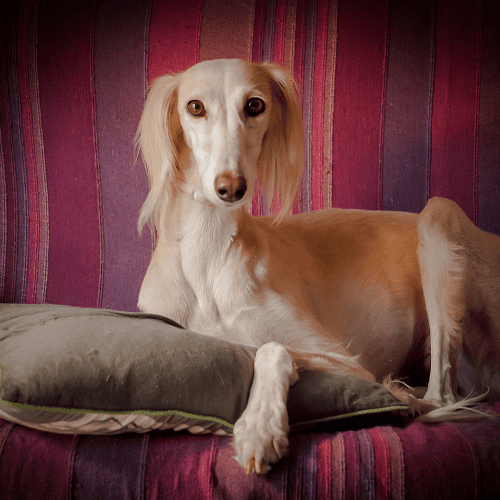

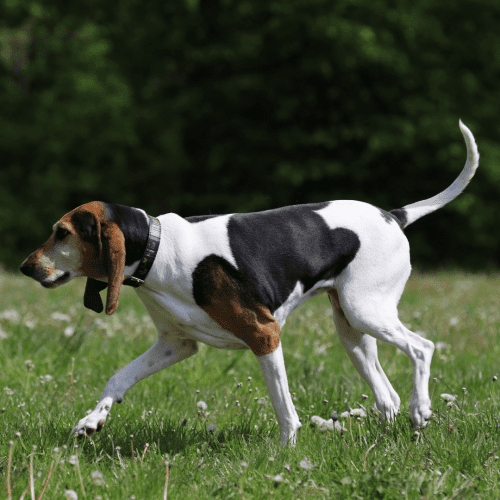
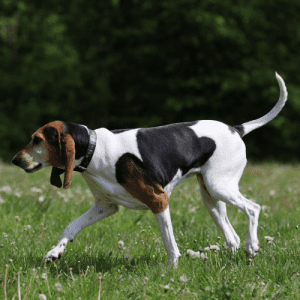 What Is The History Of The Smooth Foxhound Terrier Dog Breed?
What Is The History Of The Smooth Foxhound Terrier Dog Breed?